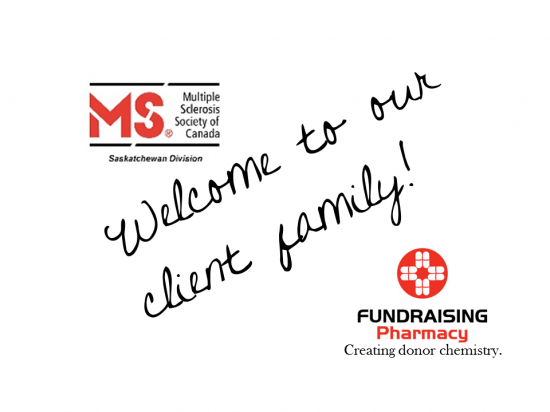After Canada Post’s statement on job action this week made headlines across Canada, we’ve had many clients contacting us with concerns and seeking advice.
It’s understandable. After all, so many of us are either in production for important fall and holiday mailings or are just about to be. A postal service disruption during the crucial November and December giving months could be devastating.
My advice? Take a deep breath and keep on going and be prepare to make some course corrections in the event of a strike.
Why, you ask?
First, I honestly believe both Canada Post and CUPW understand how devasting a severe and prolonged postal service disruption would be for both parties’ long-term interests.
Second, recent history points to a mild or averted disruption. In 2016, the strike was averted and the job action in the summer of 2011 lasted just over a week.
So what does this all mean in practical terms for you and your program right now?
Let’s look at the 2011 strike situation as an guide.
Back then, I had two clients in full direct mail production as the rotating strikes started. And a third had just mailed.
For the two clients in production we worked with vendors to quickly add an insert in one client package and a PPS to the other’s letter (according to the stage of production.)
The insert was extremely simple (think 1980s elementary school note-home-from-the-office, photocopied on canary yellow paper) that outlined the issue and gave donors options for making their gift besides using Canada Post (IE online or by phone).
The insert invited donors to call a specific person (the one signing the note; it was a very personal and informal message)) at the charity to make a gift. One client (a community hospital) even offered to have a staff member or volunteer pick up their cheque. Donors were also reminded they could make a secure and convenient gift online.
The message explained that their support was more important than ever because the postal disruption could mean that some people wouldn’t give so that their decision to help and give via another method was very important decision. The PPS stated the same info in a little more concise way.
The 3rd client who had already delivered their mailing to Canada Post added messages to their website and got the word out via an email alert, social media and did a voice broadcast call.
Following our advice, one client continued to inform their donors about the impact of the strike for the balance of the year, using buckslip inserts (same format and look as the original notice) in the final 3 solicitation packs for the year (fall campaign in September, holiday in November and year-end in December)
These messages let donors know that the June campaign results were lower than goal and explained the impact of the reduced revenue on the hospital staff and patients and restated the additional giving options (phone, personal pickup and online.)
Why am I so confident about this approach?
Because it worked.
Not one of my clients had year-on-year revenue reductions in 2011. And the client that continued the message for the balance of the calendar year? They had a record holiday campaign (the campaign that raises 45% of their entire DM annual revenue in a program that mails seven times per year), a record that still stands.
The key is to move forward thoughtfully and purposefully and be ready to make any needed adjustments. You’ll sleep better at night, be ready to seize opportunities to successfully engage your donors and deepen your relationship with them.
FOR THE LATEST INFORMATION, visit Canada Post’s update page.
Do you have any comments or an idea on how to survive a postal strike during the crucial holiday fundraising season? Share them here, or you can Email or call David (toll-free in North America on 1-800-991-3318 x101 or on our New Zealand freephone 0800 995 054).


 Does your charity direct donors to call a toll-free or auto-attendant line instead of a real person who can help? Or do you invite donors to email info@charitymeh.com on your Planned Giving webpages? If so, this is what you are really saying to donors desperately trying to connect to a human being at your organization.
Does your charity direct donors to call a toll-free or auto-attendant line instead of a real person who can help? Or do you invite donors to email info@charitymeh.com on your Planned Giving webpages? If so, this is what you are really saying to donors desperately trying to connect to a human being at your organization.

